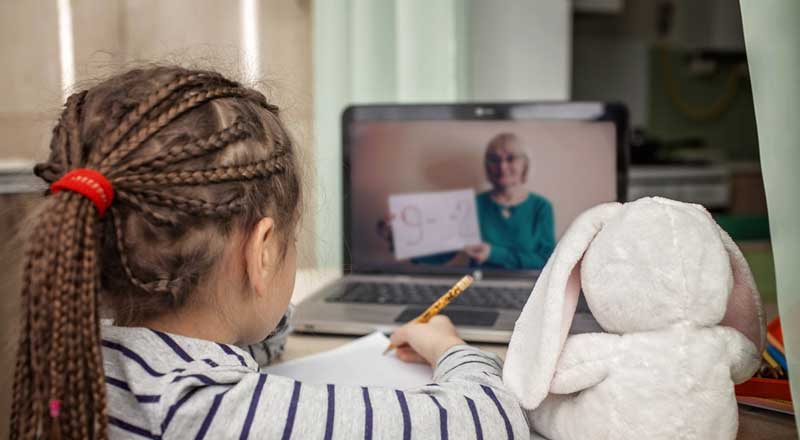When I started writing my book, Swaddle Love, I was set to launch into several diatribes – one crusading for “tight” swaddles, another chastising confused parents who swaddle babies in heavy blankets, and yet another that busted all the myths that keep new mums from swaddling their little ones.
Just the Facts
Then my editors, business partners, family, and finally my lawyers got hold of my manuscript. While they all agreed with my basic arguments and pet peeves, they suggested that I tone down my maternal rants and replace them with more useful information about swaddling safety. I have to admit, their recommendation worked out nicely. The facts – presented untainted despite my in-your-face Australian opinions – turned out to be compelling enough on their own that mums, both new and experienced, wanted to know more. That’s how the book was born.
My Mission to Inform
Nevertheless, I think the information about safe swaddling should reach as many people as possible, which is why I’d like to share my findings with the readers of ModernMom. To start, let me dispel some nasty rumors about swaddling. Throughout the ages, especially before the 1800s, parents regularly used something called swaddling bands, mostly to restrain babies. The bands were often strips of material, and eventually they turned into full blankets.
Original Swaddling Techniques
But original uses of the bands were quite unorthodox. For example, in ancient Greece, Rome, and China, babies were wrapped in swaddling bands (or shoved into hollow tree logs) to straighten their little spines and limbs. Medieval parents could be seen suspending their swaddled infants from a wall hook to keep babies still while mums and dads worked the fields. (Ok, I’ve thought about trying this one just so I can actually take a shower in peace!)
Today’s Practices
Don’t confuse these horrendous, long-abolished practices with modern swaddling. Today, swaddling is used by mums and dads around the world, maternity nurses and midwives in New York, London, and Sydney, as well as by the famed “Baby Whisperer” pediatrician Dr. Harvey Karp. Swaddling, which is the practice of snuggly wrapping a baby in a lightweight, breathable blanket, helps coax babies into a long, healthy, and restful sleep by giving the little ones a secure and cozy feeling at bedtime.
Lay Babies on their Backs
But there are a few critical considerations when swaddling your newborn. For instance, always place babies on their backs when putting them to sleep, whether they are swaddled or not. In that position, their breathing is not impaired.
Risk of Overheating
Of equal importance is taking precautions so swaddled babies don’t overheat. Overheating is the number one risk associated with the practice of swaddling, say pediatricians. To reduce the risk, never cover a baby’s face while swaddling. Also, if the ambient temperature is warm or hot, or if the baby is sleeping in a particularly warm room, swaddle the baby in something lightweight and breathable. One pediatrician told me that as long as the blanket is “sheet-like” the baby should remain at the correct temperature.
Make Sure its Snug
Snug swaddles work the best, as they don’t allow the baby to move very much when sleeping. Less movement means infants likely will sleep longer, rather than startle themselves awake with sudden – though natural — involuntary arm and leg movements.
In addition, a snug wrap gives babies a more secure feeling, which helps settle them when it is time for bed. A tighter swaddle also prevents babies from escaping the swaddle and getting caught in loose blankets. As long as the swaddle allows the baby to make subtle movements and is not so tight as to impair breathing, the snug wrap is fine.
Be Mindful of Baby’s Development
Another consideration is the development of a baby’s hips and joints. Many doctors recommend taking a cue from Mother Nature and allowing babies to settle into the natural “frog” position before swaddling. In that way, their legs are bent at the knees and separated in such a way that the hip sockets can develop properly. Do the same with the baby’s arms. Let her naturally bend her arm at the elbow, as if she is bringing her fingers up to her mouth to suck her fist.
When Do I Stop Swaddling?
That’s probably the most frequently asked question posed by new parents. Most pediatricians will tell you that babies reject swaddling anywhere from ages three months to six months – although some are perfectly happy to stay swaddled (or half swaddled from the waist down) for a full year. As they grow and gain more strength, they will begin to wriggle out of swaddles, even if snug, but still remain sleeping.
Milestone Moments
Of course, the real problem with babies outgrowing their swaddle blankets is that it is a sure sign that they are growing up. And those kinds of milestone moments are never easy for a mum.





